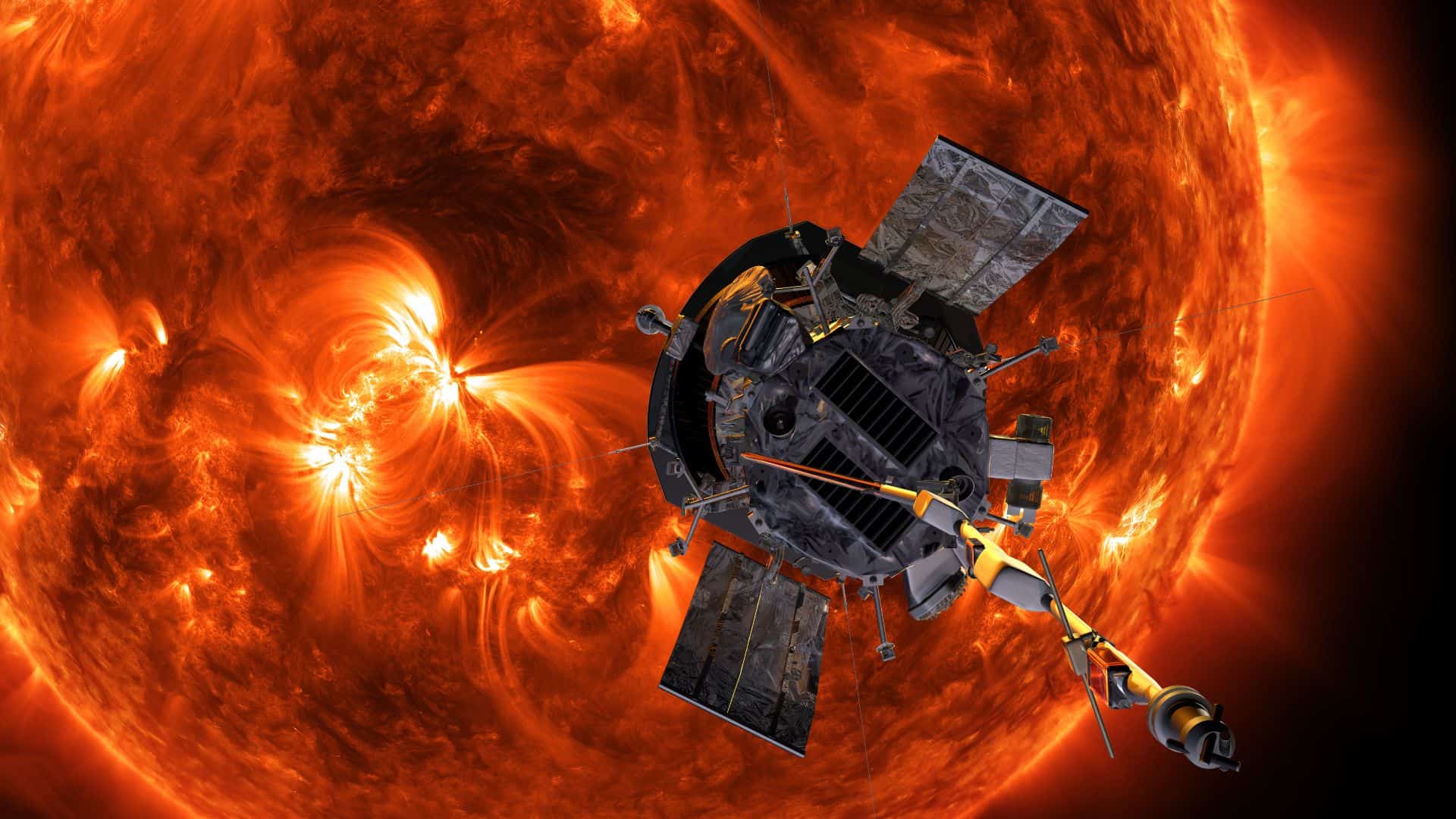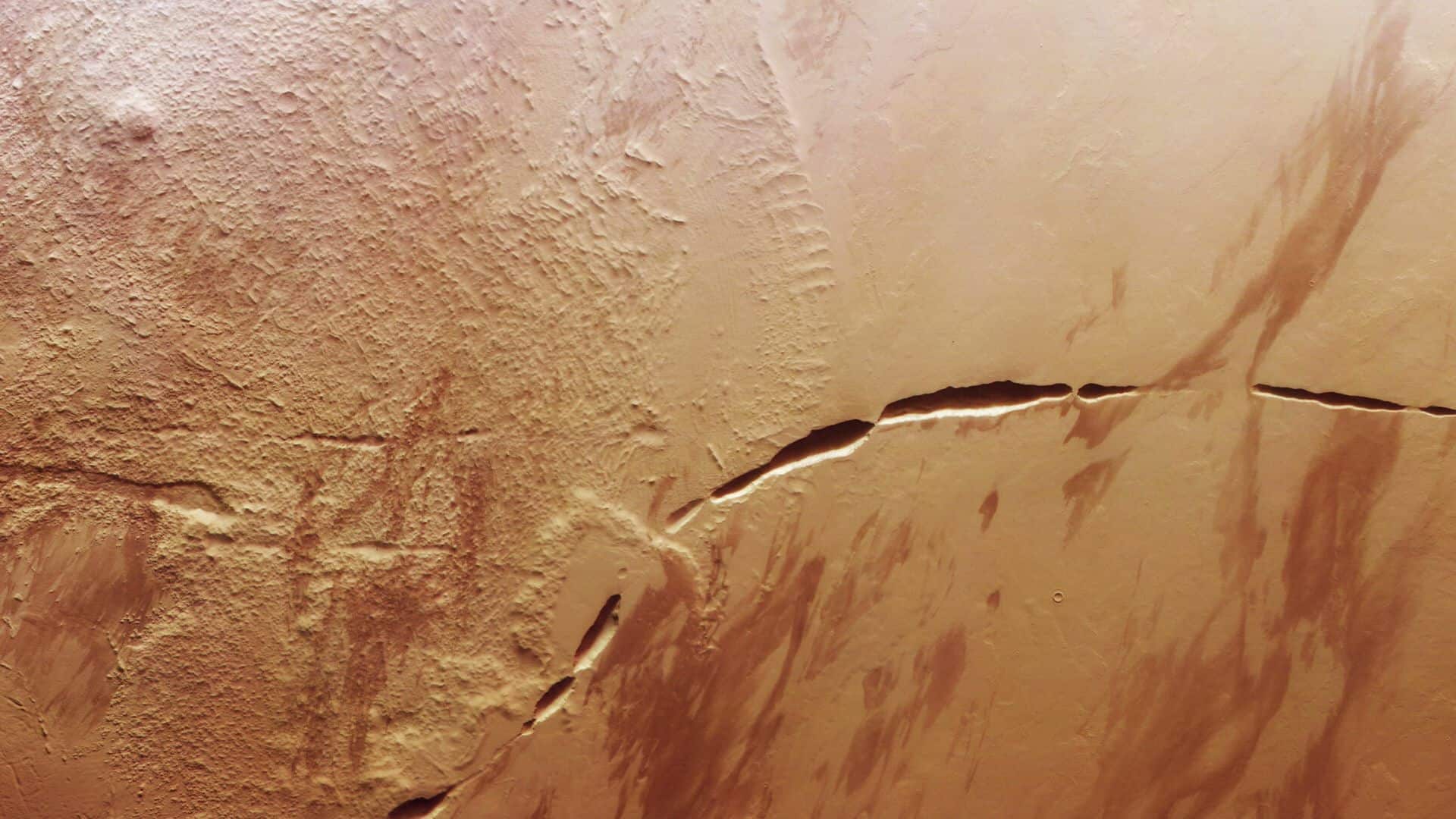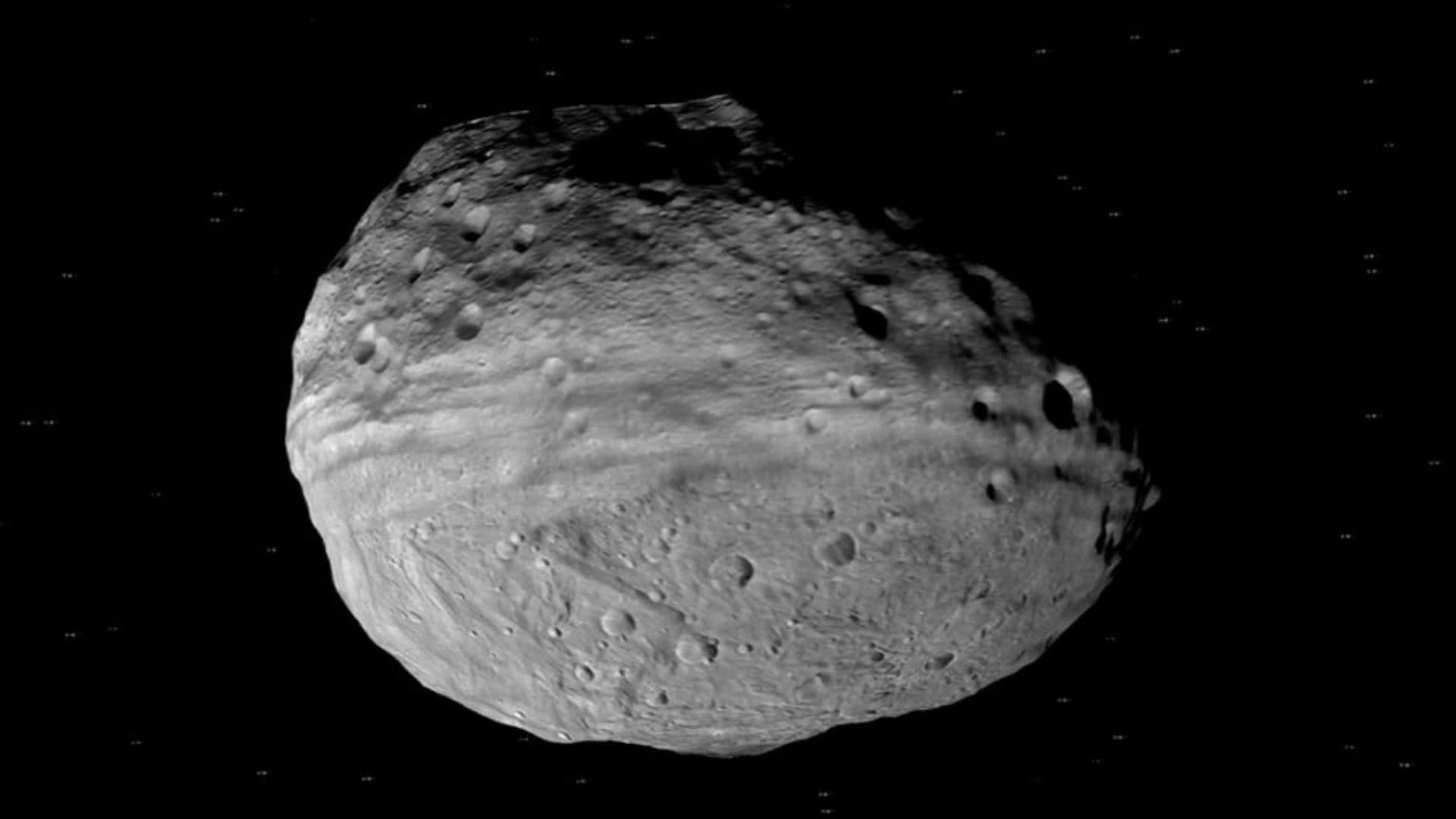The sun has emitted two strong X-class flares just 7 hours apart, the first one peaks at 23:07 UTC (6:07 p.m. EST) on February 21, 2024, and the second one peaks at 06:32 UTC (1:32 a.m. EST) on February 22, 2024.
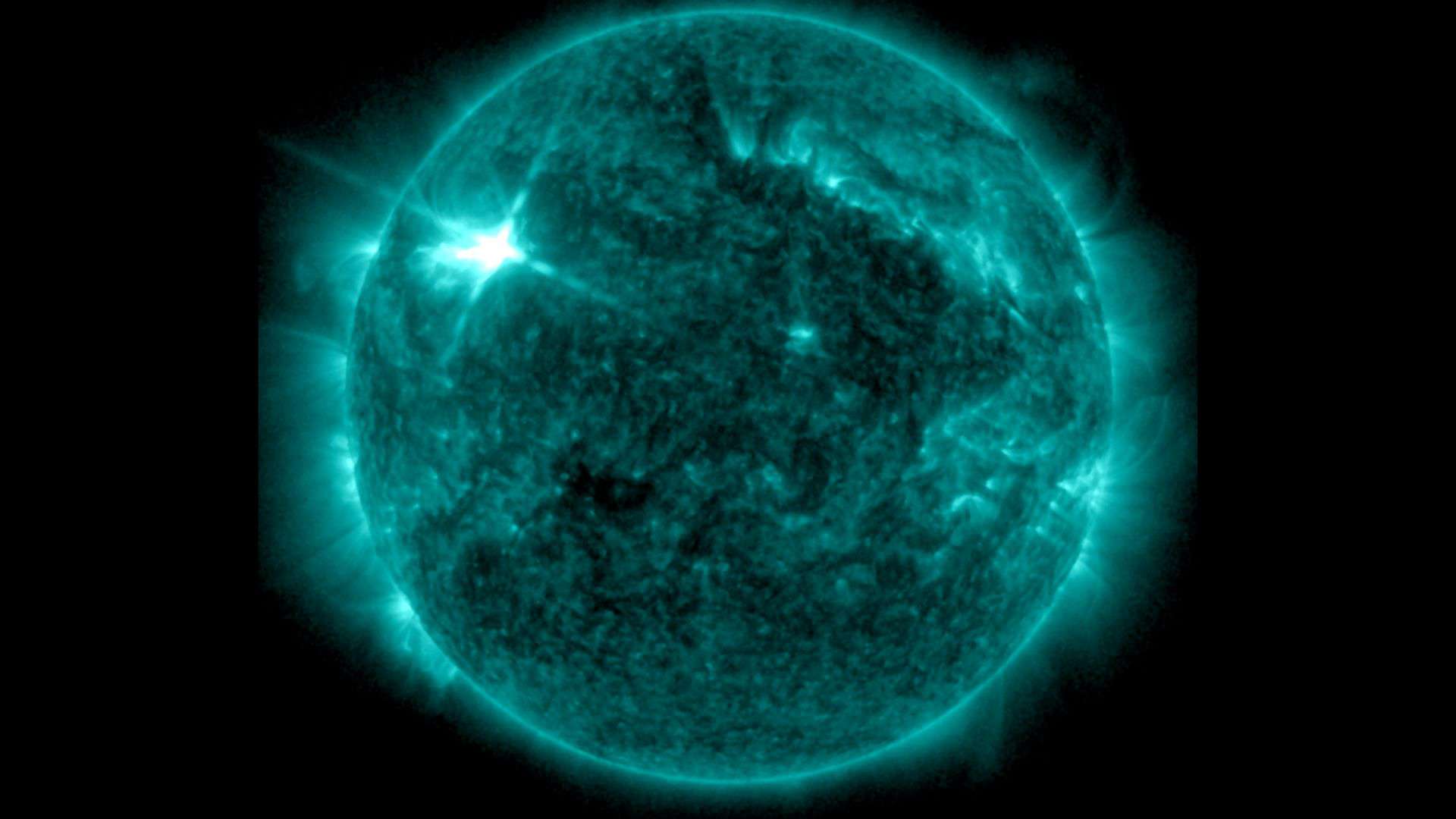
The first flare has been classified as an X1.8 flare, and the second flare has been classified as an X1.7 flare, both emitted from the same sunspot active region AR3590 (upper left).
However, the events didn’t produce a coronal mass ejection (CME), so auroras (northern lights) will not be seen.
X-class flares are the most intense which can trigger radio blackouts around the world and long-lasting radiation storms in the upper atmosphere.
The number behind X provides its strength. Please remember that the higher the number, the greater its strength for a particular class.
The first flare triggered R3 (strong) radio blackouts over the Pacific Ocean.
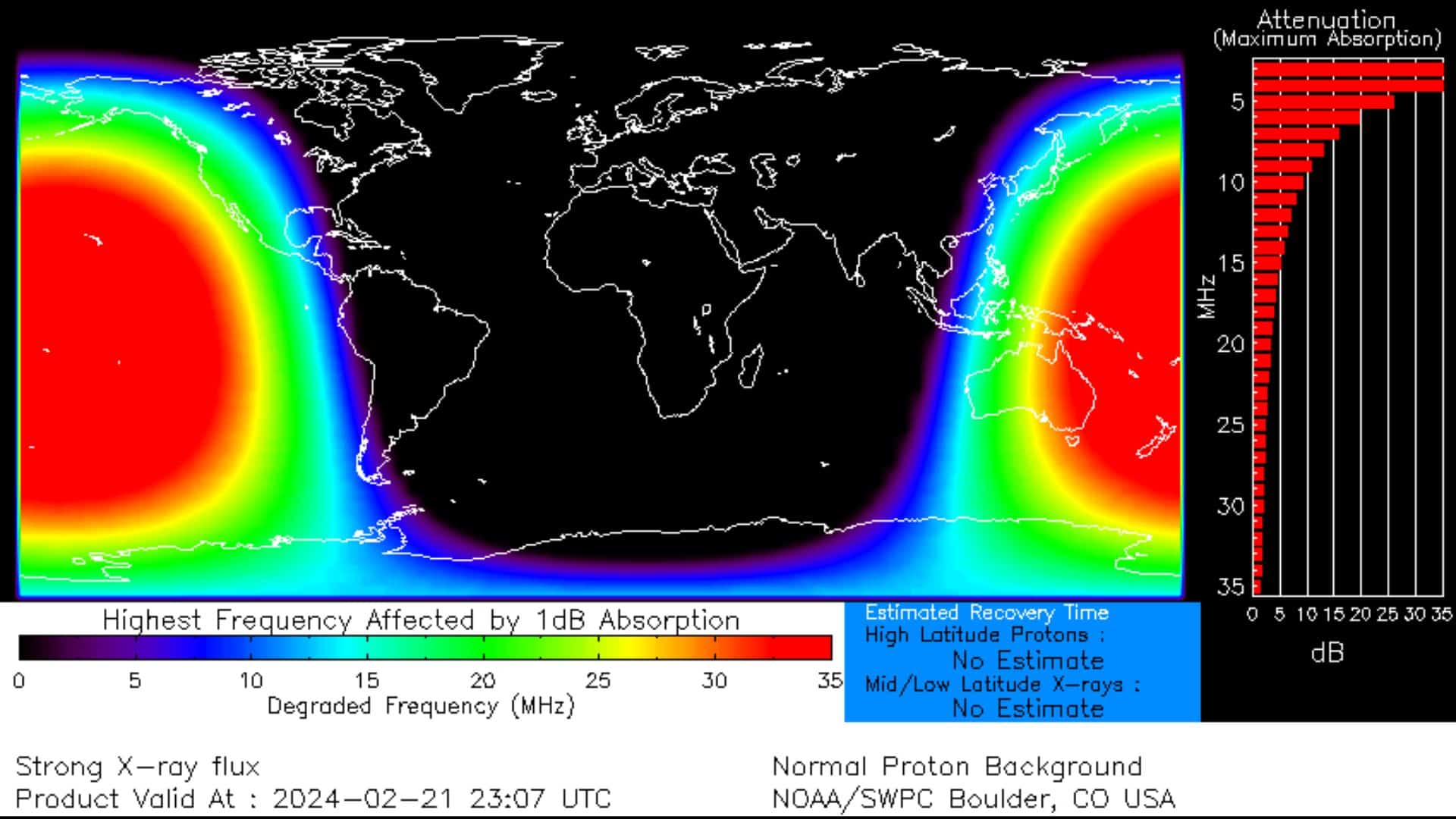
The second flare also triggered R3 (strong) radio blackouts over the Indian Ocean.
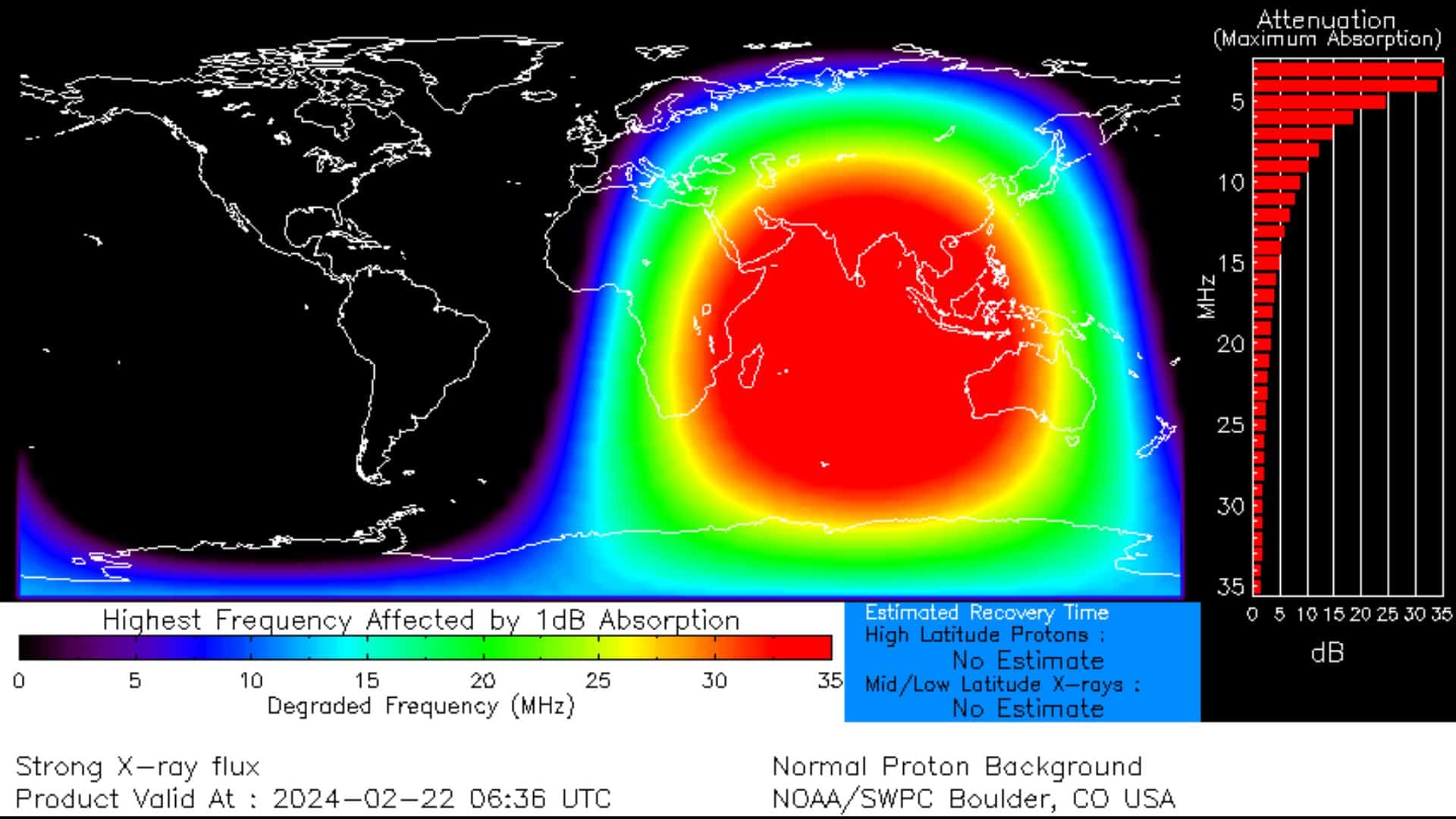
At present, the sun is gradually becoming very active as it approaches the solar maximum of its 11-year solar cycle. The current 25th solar cycle started in December 2019 and is expected to peak (solar maximum) in 2025.
Solar flares are categorized as X-class (most intense), M-class (medium intense), and C-lass (low intense).
Solar flares are powerful explosions on the sun that occur when the stored magnetic energy in the solar atmosphere is suddenly released.
The magnetic energy is released across the entire electromagnetic spectrum, from radio waves (long wavelength end) to x-rays and gamma rays (short wavelength end).
NASA’s Solar Dynamics Observatory (SDO), Solar and Heliospheric Observer (SOHO), and Parker Solar Probe are constantly observing the sun and NOAA’s Space Weather Prediction Center analyse the sunspot active regions on a daily basis to assess the threats.
Please follow us on Facebook and Twitter to get latest space news, upcoming skywatching events and astronomy-related content.
